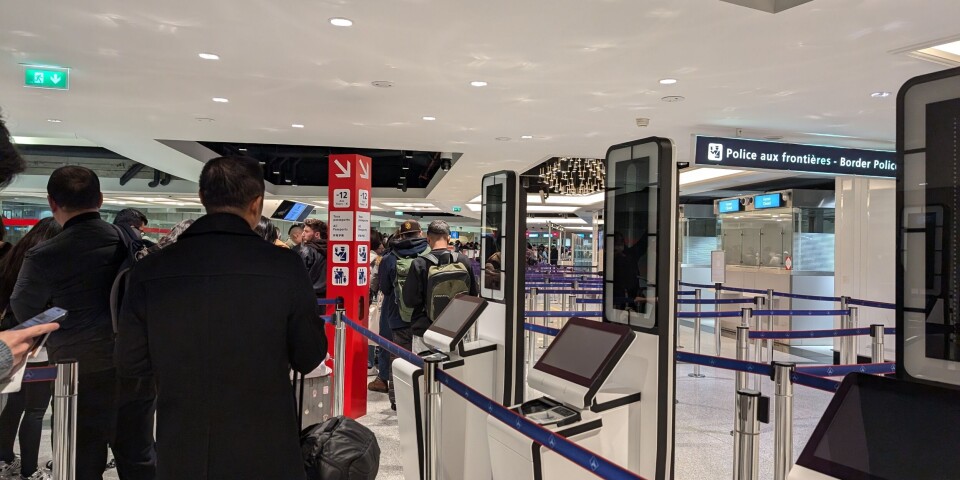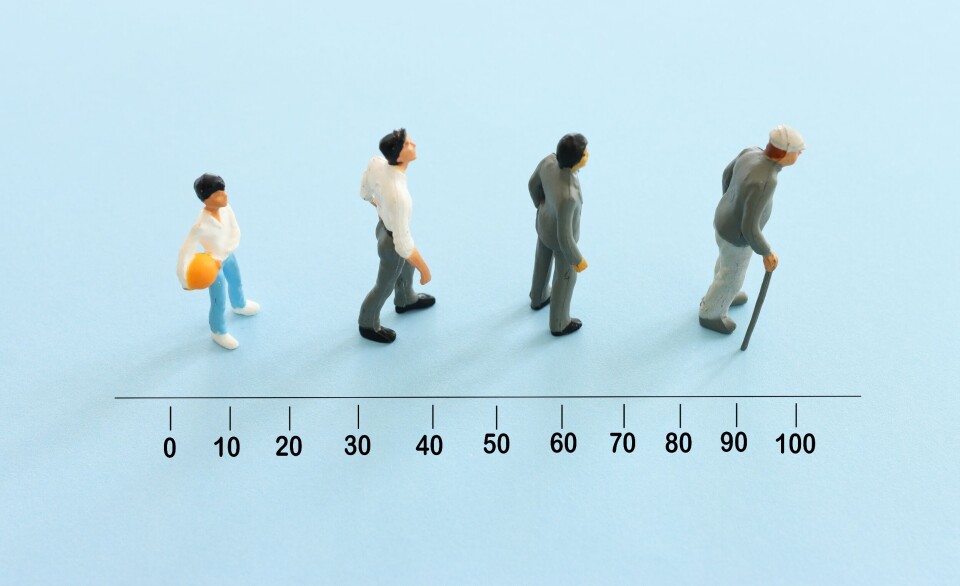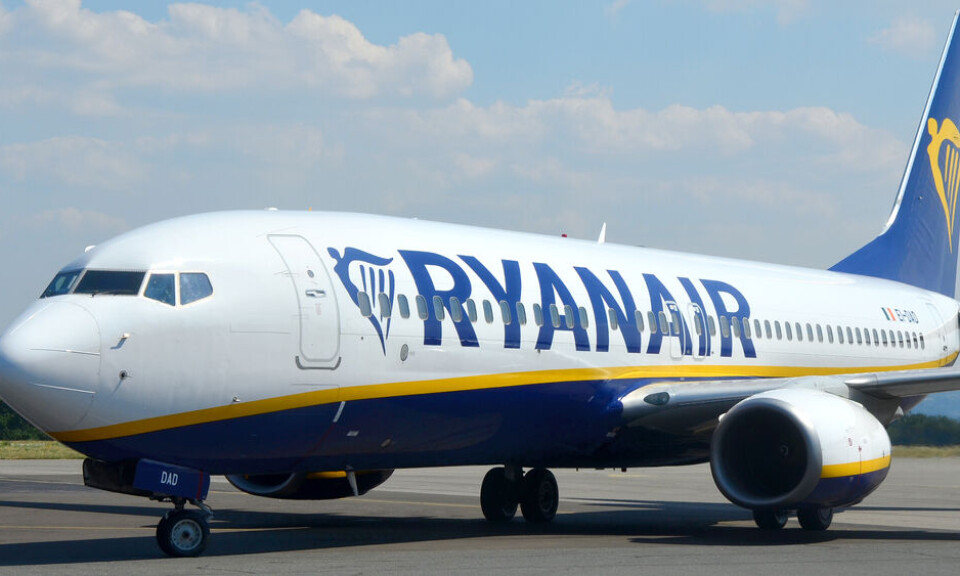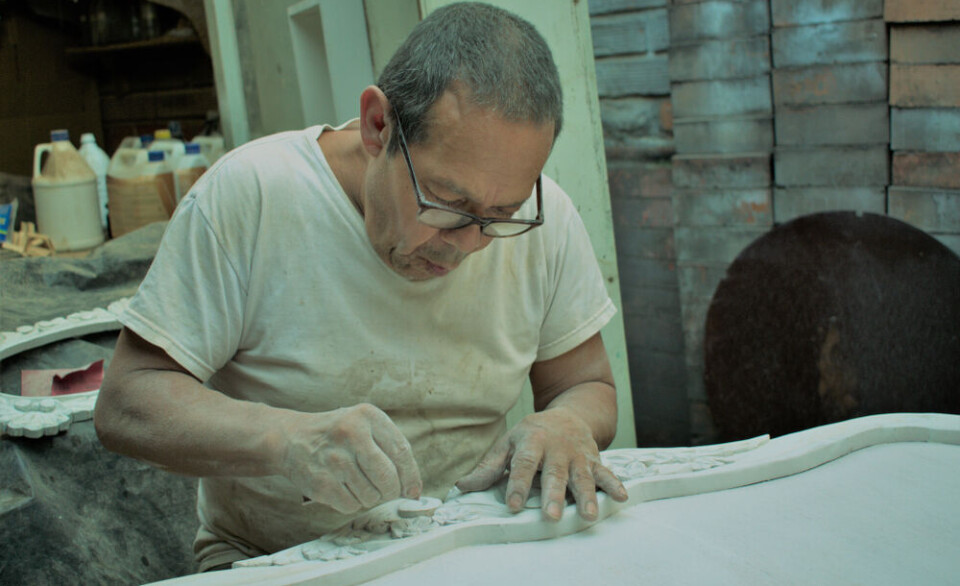-
French pharmacies attract American visitors with their lower prices
Pharmacists say some tourists are buying medication in France - both prescription and over-the-counter - to save money
-
Life expectancy in France continues to outperform European averages says latest official data
France, Spain, and Luxembourg are among the EU countries where people live the longest
-
Flu vaccinations start in France: which areas are most affected?
Both flu and Covid-19 are starting to spread across the country, with the vulnerable particularly urged to get vaccinated
My operation in France: Caesarean section
The inside story of readers who have had operations in France – and how they found the health service. This month, Gillian Harvey speaks to Lauren Noirault about her Caesarean section.

Financial consultant Lauren Noirault, 32, moved from the UK to Poitiers in 2012 after meeting husband Antoine, 35, a farmer. In 2017, she became pregnant with their first child, Lucie, following IVF.
Was your Caesarean planned?
After having IVF and suffering from ovarian hyperstimulation syndrome at the start of my pregnancy, I was classed as high-risk. Because of this, I stayed under the care of my gynaecologist throughout – I had an appointment with him once a month at the hospital in Poitiers.
This meant we were under private care, but as we have great top-up insurance, we didn’t have to pay any extra.
As I have a double uterus, my baby remained breech throughout the pregnancy, so I suspected I’d end up having a C-section. The final decision was made at the start of December 2017, and it took place on December 28, at 38 weeks.
Arrival at the hospital
As the procedure was taking place between Christmas and New Year, the receptionist at the hospital initially thought I’d made a mistake with dates – however, I explained to her that my gynaecologist had promised to come in to perform the Caesarean during his holiday as he lived close to the hospital, and because he also wanted to remove the cysts I’d developed during the pregnancy. I was booked into a room where I spent the night. The next day, I was taken to theatre at 7.30.
The procedure
In theatre, I was given an epidural. During the process, the nurse was very helpful – she told me that an epidural is 50% anaesthetist and 50% the patient, and to listen to her instructions. It was great – I didn’t feel a thing. Antoine stayed by my side, looking after me. He was confident about the procedure, he told me, having seen it performed on a cow in the past!
The Caesarean itself was quick – from the time my gynaecologist entered the room to the time he lowered the curtain to show us our baby was about 10 minutes.
After showing her to us, staff whisked her off to clean her and weigh her, and Antoine stayed with me while my gynaecologist sorted out the cysts.
Once I was closed up, Antoine went to see the baby and came back with her, bringing her into the recovery room where we stayed for an hour, after which I was taken back to my room.
What was hospital aftercare like?
I was looked after well. I spent the first 24 hours on a catheter and wasn’t allowed out of bed. After that, I was encouraged to get up, but was a little nervous about potential pain – this affected the way I moved and I ended up giving myself a sore back! Pain relief was administered – just 1g paracetamol four times a day – which was all I needed. I was also given iron tablets and daily injections because of a blood coagulation problem that I have.
How long did you stay in hospital?
I stayed in hospital for five nights – leaving on January 1. As the clinic was a private one, we were able to leave on a public holiday, which often doesn’t happen in the public sector. When we were dismissed, I still had steri-strips on my scar, and was a bit sore, but recovering well.
What was aftercare like?
I had a midwife visit me three times – she removed the steri-strips, checked Lucie and gave me a check-up.
After her third visit, she told me I could call any time, as she lived just 10 minutes away, whereas the hospital is 40 minutes.
However, we settled in well and while I kept her up to date with Lucie’s development, I didn’t need to call on her again.
FACTS ON CAESAREAN by Dr Laura Berlingo, gynaecologist/obstetrician at l’Hôpital de la Pitié-Salpêtrière, Paris
When might you decide to perform a Caesarean?
A Caesarean might be used when a woman is expecting twins, or if the baby is breech (feet/bottom first).
In addition, if the placenta is in front of the cervix, which prevents the baby from passing through (placenta previa) or if the baby is very large, for example in the case of gestational diabetes.
An emergency Caesarean might be performed when the cervix does not fully dilate during labour, the baby doesn’t engage in the pelvis or if the baby develops an abnormal heart-rate. It may also be performed when a woman develops pre-eclampsia, intra-uterine growth retardation, bleeding or other pregnancy complications.
How long does the procedure normally take?
For a first Caesarean section, about 30 minutes. For those after, it may last longer as there may be post-operative adhesions (due to previous Caesarean sections) in the stomach, making access to the uterus more difficult.
When might you choose general anaesthetic rather than epidural?
Normally, the procedure is carried out under epidural, but general anaes-thesia may be used if the pain continues despite epidural, or if an anaesthetist identifies a reason why an epidural cannot be performed.
How long do women usually stay in hospital?
If there is no particular complication for the mother or the child, the usual stay is four to five days.
What aftercare is needed?
Aftercare is the same as for a standard surgical scar – washing in the shower, drying well with a clean towel once a day. Women should not take baths for six weeks.
























